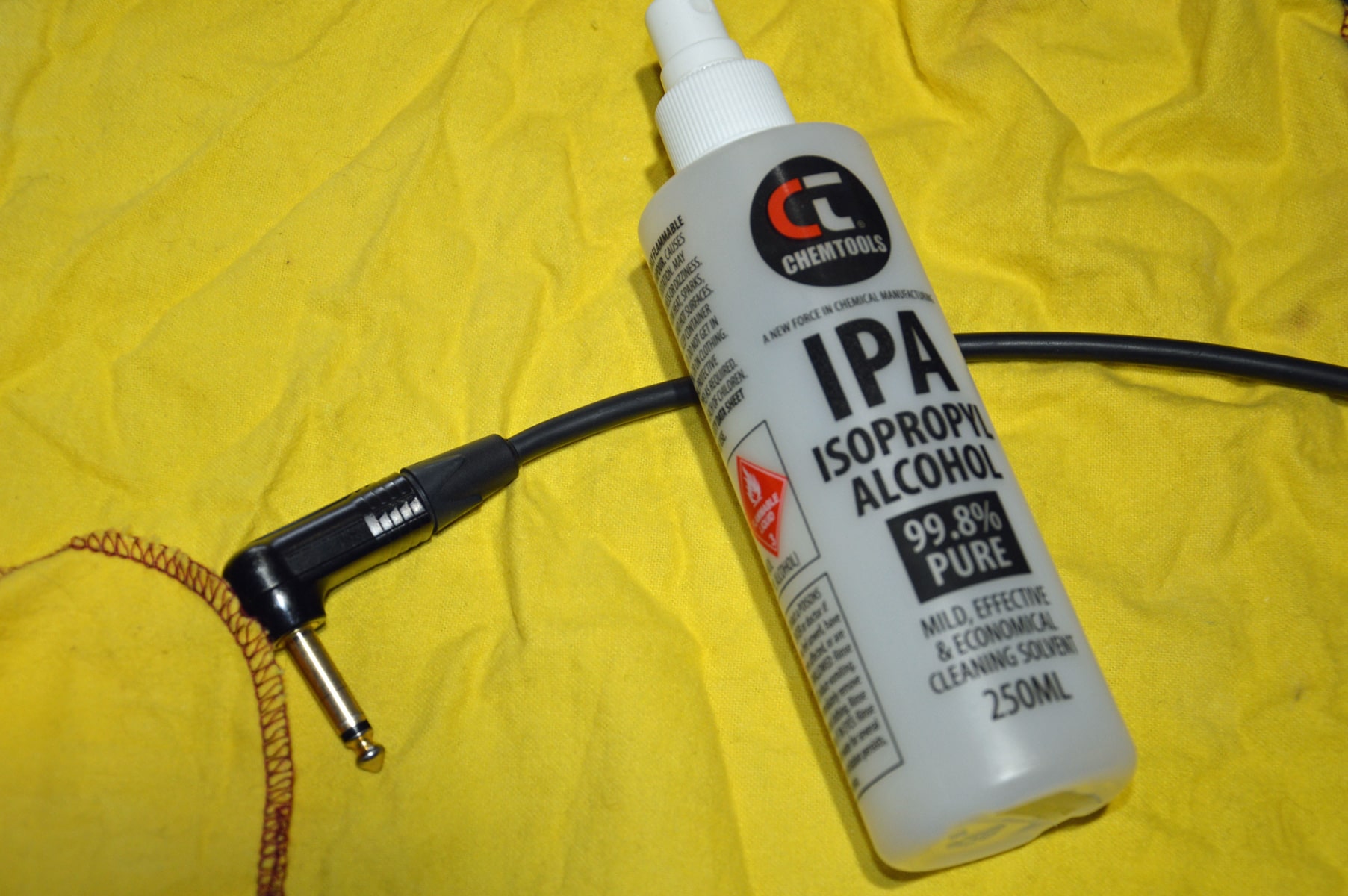If you enjoy experimenting with different sounds, you can safely swap preamp valves of the same type. It’s a fun way to tailor your tone. For example, try swapping a 12AX7 with a 5751 or even a 12AY7 for more clean headroom. Just be careful not to bend a pin when aligning the valve, as this could cause problems. If you’re unsure which valves to choose for the sound you want, it might be a bit of a guessing game (and potentially expensive). Feel free to sign up for my newsletter for more tips. As a musician and tech, I can help you find the perfect sound.






